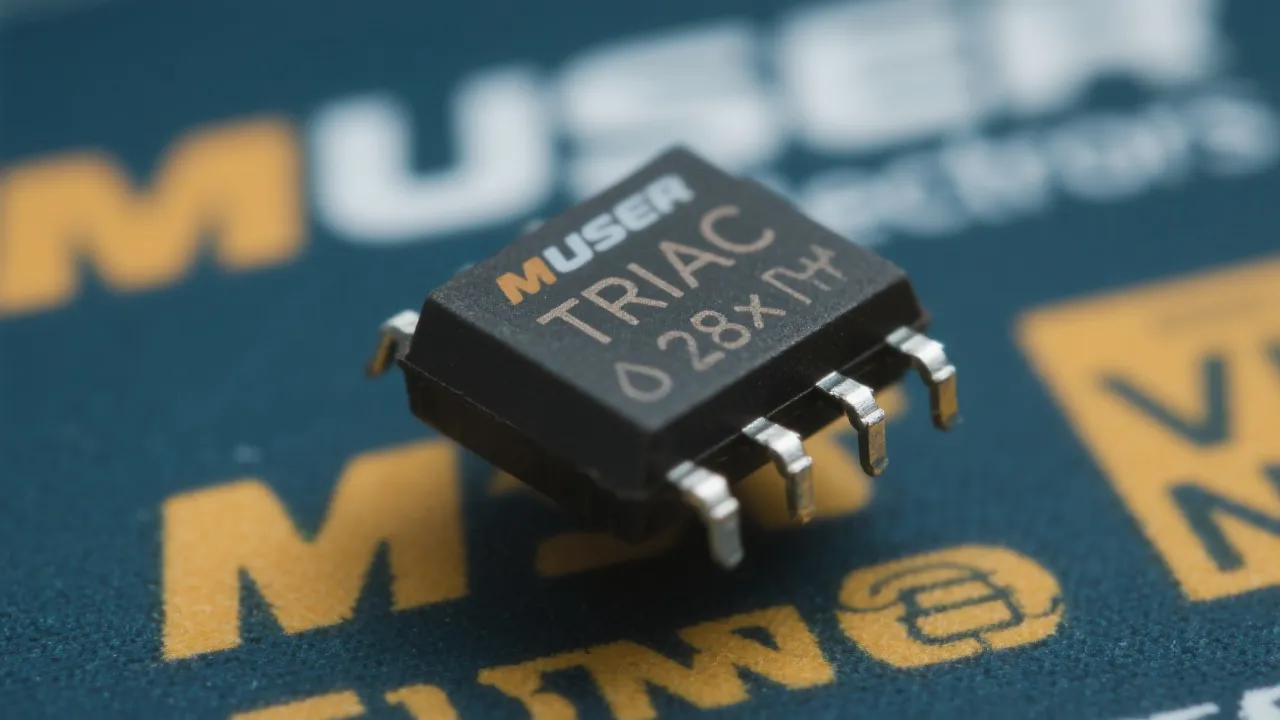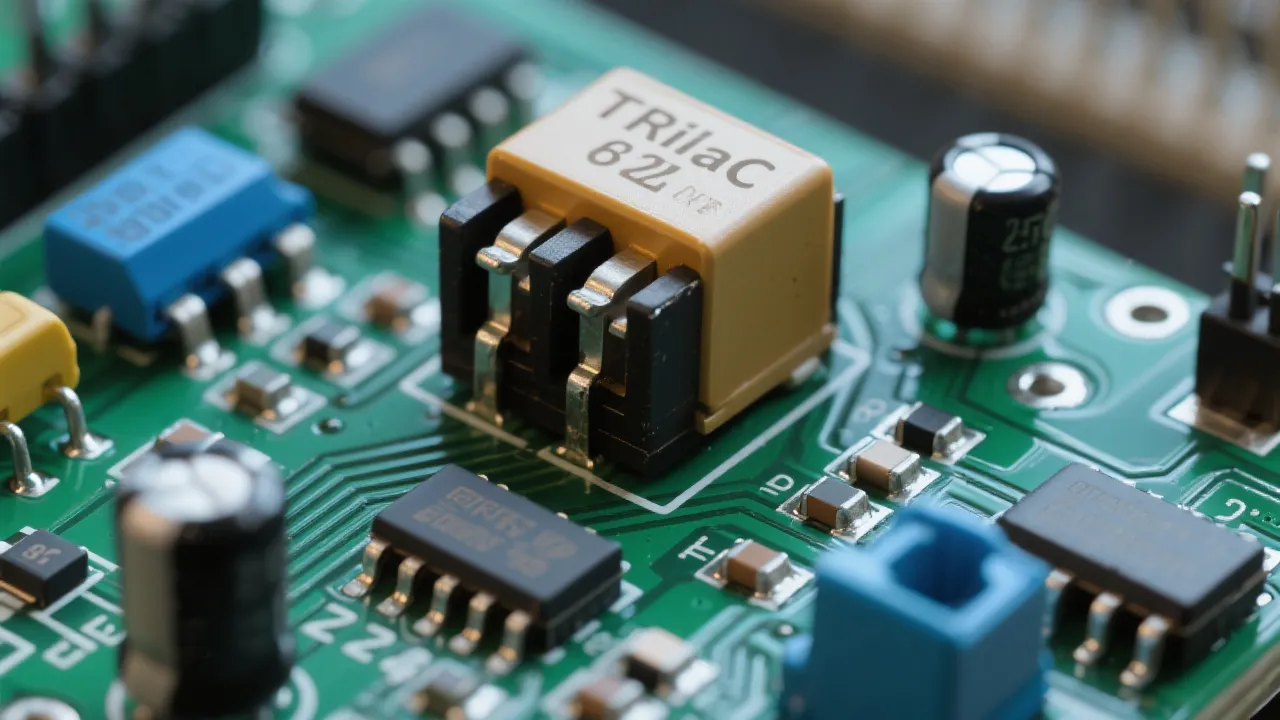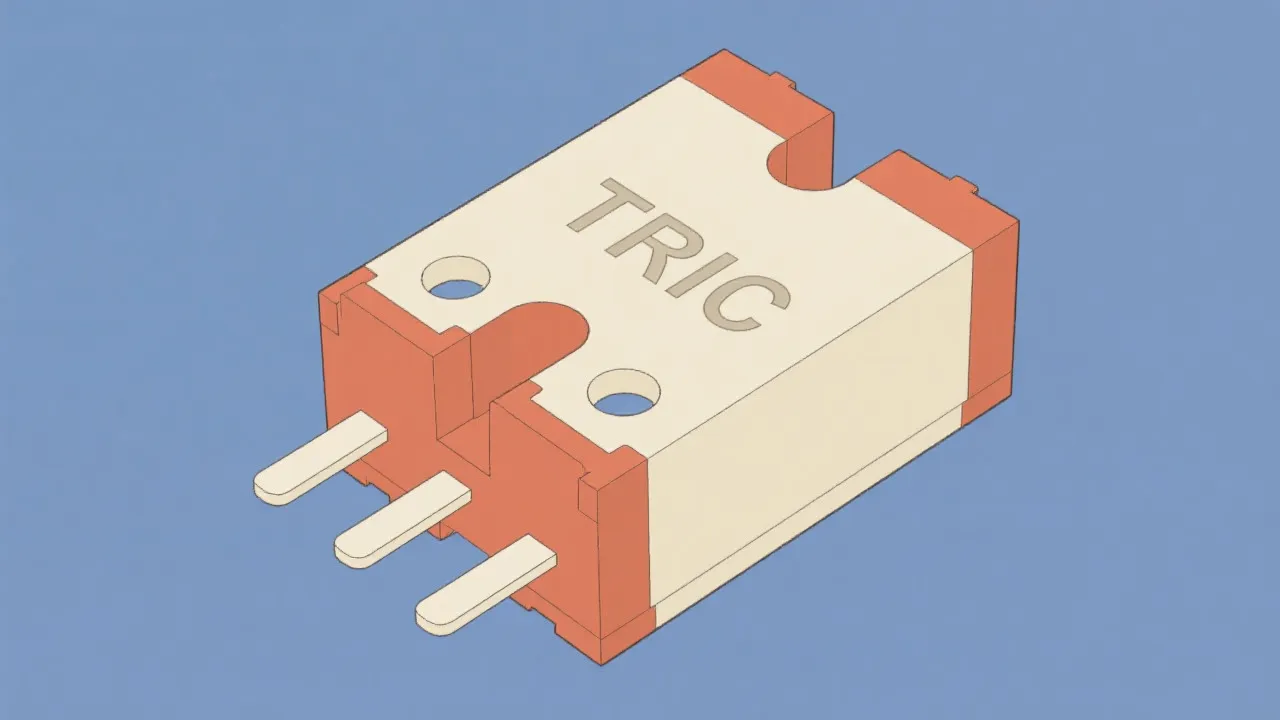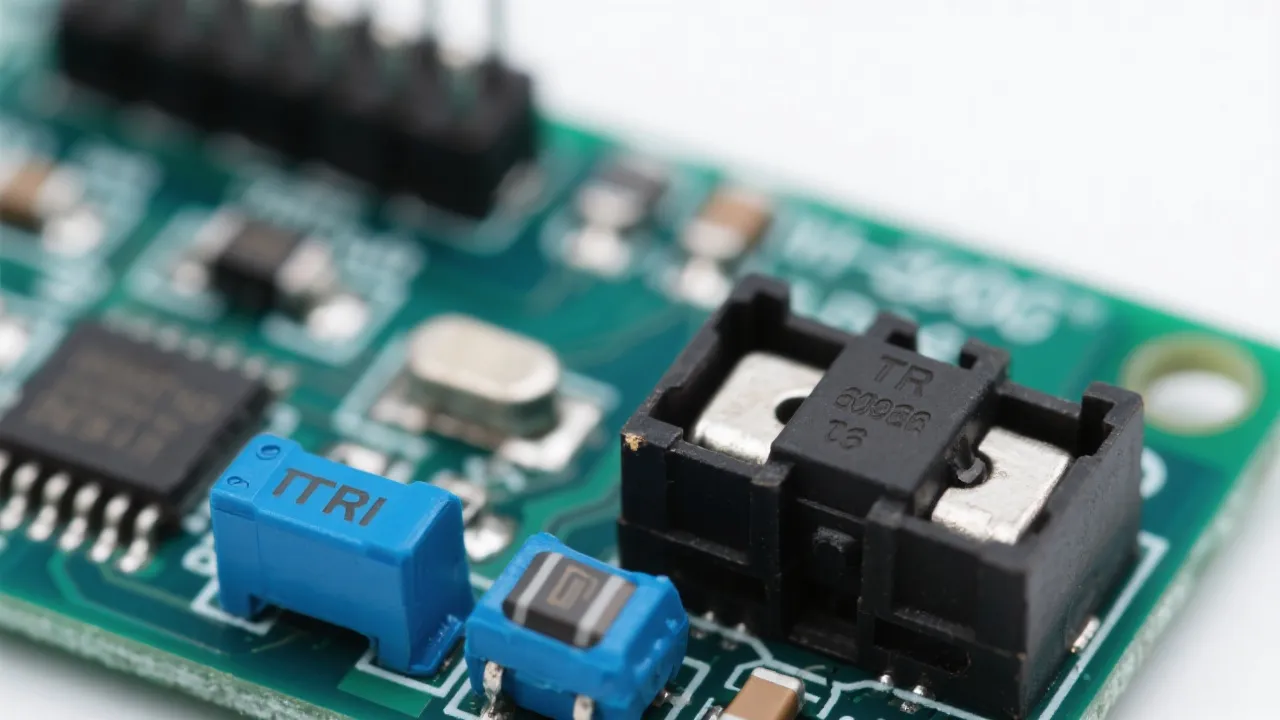Understanding Opgw Oplat Solutions
This article delves into the realm of OPGW Oplat, which plays a crucial role in modern energy transmission systems by combining optical fibers with overhead ground wires. This innovative technology ensures both power and data transmission across distances. Analyzing its impact and cost-effectiveness, we explore industry insights and practical applications for utilities and infrastructure projects worldwide.
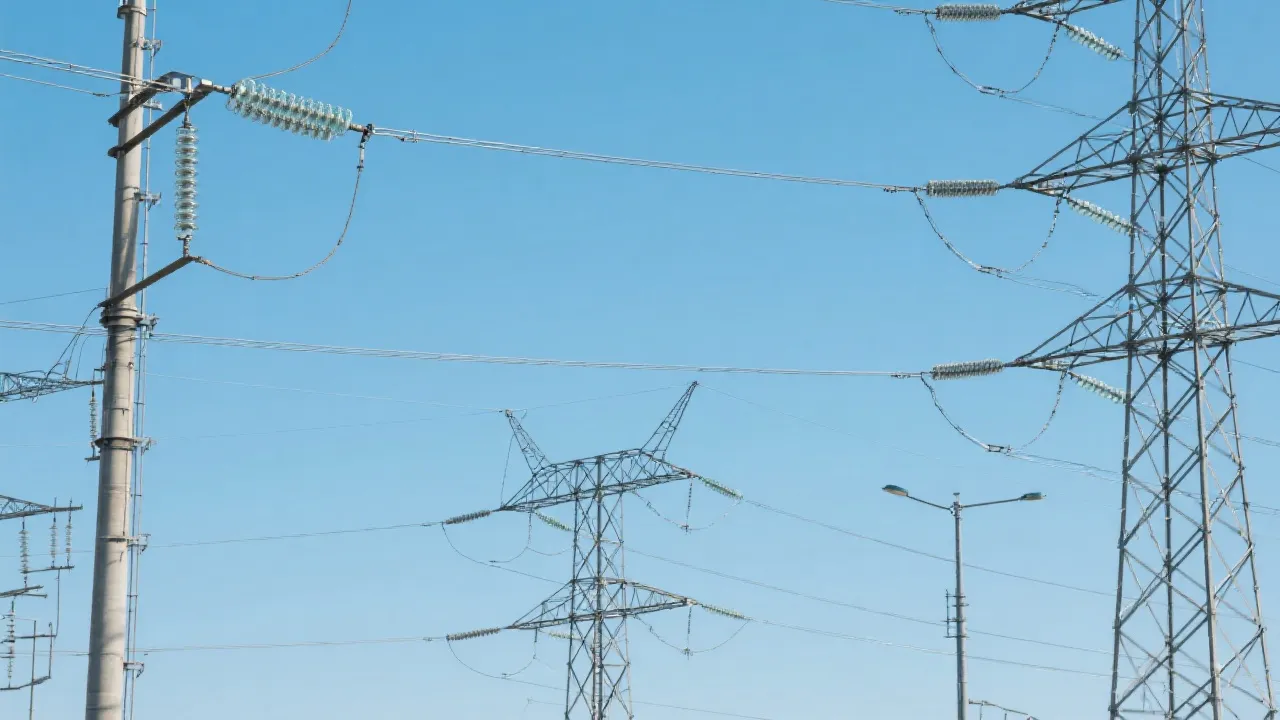
Introduction to Opgw Oplat Technology
Overhead power ground wire with optical fibers, known commonly as OPGW Oplat, represents an ingenious convergence of electricity and telecommunications technologies. By embedding optical fibers within overhead ground wires, this dual-purpose cable enables the simultaneous transmission of electrical power and data communications, offering a significant improvement in infrastructure efficiency and cost-effectiveness. This technological integration not only bolsters the capabilities of energy delivery systems but also enhances the overall safety and functionality of power transmission. To appreciate the full breadth of OPGW technology, it helps to explore both historical advancements in telecommunications and electrical engineering, which have paved the way for such innovative solutions.
The Role of Opgw Oplat in Modern Infrastructure
As the demand for integrated infrastructure solutions grows, OPGW Oplat stands out for its ability to enhance communication capabilities while simultaneously strengthening power grid resilience. This technology is particularly indispensable in expansive transmission networks where the need for reliable data transmission is as critical as the dissemination of electrical power. The rise in digitalization and the Internet of Things (IoT) has made it necessary for utility companies to adopt solutions that can meet modern connectivity needs while also ensuring that electrical systems remain robust and reliable under diverse operational environments.
This dualism not only optimizes resource utilization but also simplifies installation and maintenance, leading to substantial long-term savings. The OPGW system can reduce the physical footprint of a project by consolidating two systems into one, thereby diminishing the amount of land required for installations. Additionally, with the increase in environmental regulations, deploying OPGW Oplat helps companies meet sustainability targets by reducing the number of required poles and wires.
Technological Insights and Developments
Recent advancements in optical fiber technology have further amplified the utility of OPGW Oplat. The integration of high-capacity data transmission capabilities within power infrastructure allows for real-time monitoring and management, enhancing grid stability and responsiveness. Innovations such as improved fiber materials, enhanced modulation techniques, and advanced signal processing have contributed to the increased effectiveness and reliability of OPGW systems.
Moreover, the implementation of smart grid technologies is driving further adoption of OPGW Oplat. These systems utilize complex algorithms supported by data from OPGW fiber networks to forecast usage patterns and manage electrical load more efficiently. Utilities are now able to conduct predictive maintenance thanks to the data feedback provided by OPGW technology, which can monitor conditions such as humidity, temperature, and strain on the cables.
Experts project a steady increase in adoption rates as utility companies recognize the irreplaceable value of seamless power and data integration. As market dynamics change and customer expectations evolve, the push for OPGW Oplat systems will likely accelerate, promoting innovations that leverage both power and data in an urban setting. This technology ultimately engenders the potential to empower smart cities across the globe.
Challenges and Considerations
Despite its advantages, implementing OPGW Oplat involves addressing certain challenges. These include the initial cost of installation, which can be significantly higher compared to conventional methods of power networks and telecommunication systems. Additionally, the workforce must undergo specialized training to handle the sophisticated technology effectively; training ensures that personnel are proficient in not just installing, but also maintaining and monitoring these advanced systems effectively.
Furthermore, considerations regarding compatibility with existing infrastructure are paramount. Some regions may have older electrical frameworks that might not readily accommodate new OPGW installations without significant upgrades. The regulatory landscape also plays a critical role; stakeholders must navigate through regulations that govern both utility installations and telecommunication processes to ensure compliance.
Comparison Table: OPGW vs. Alternative Technologies
| Technology | Advantages | Disadvantages |
|---|---|---|
| OPGW Oplat | Combines power and data; cost-effective; reduces infrastructure complexity; enables real-time monitoring | High installation cost; requires specialized skills for maintenance; may need retrofitting for existing systems |
| ADSS (All-Dielectric Self-Supporting) | Lightweight; easy to install; no grounding necessary | Limited durability in extreme weather; less robust than OPGW; can sag under heavy loads |
| Undersea Cables | Long-distance data transmission; robust and high capacity for data | Expensive to deploy and maintain; vulnerable to marine hazards; lengthy installation time |
Industry Adoption and Supplier Insights
Leading providers of OPGW solutions have cited significant growth, particularly in regions prioritizing infrastructure modernization. The competitive landscape has led many suppliers to innovate and diversify their offerings in line with environmental and economic considerations. Suppliers are also adapting to market trends by tailoring offerings to specific environmental needs, ensuring durability and connection reliability while also managing costs.
As utility companies continue to expand their reach, collaboration with experienced suppliers is crucial for successful deployment. This includes not just the provision of the OPGW systems but also the accompanying support services, such as installation guidance and ongoing maintenance. Furthermore, relationships between equipment manufacturers and utility providers can facilitate the sharing of best practices and lessons learned, fostering a more educated workforce adept at handling the technology.
Case Study: Successful OPGW Implementation
An exemplary case in the deployment of OPGW technology occurred in the nearby metropolitan grid projects where experts executed a large-scale integration over a three-year period. The project encompassed hundreds of miles of transmission lines, resulting in significant reductions in power outages and improved operational efficiencies across the network. This strategic integration of OPGW Oplat proved pivotal in enhancing not only energy distribution but also in providing high-speed data connectivity to multiple sectors within the metropolitan area.
This case study reflects a notable trend: communities equipped with OPGW technology have reported stronger economic resilience and performance. Businesses in these regions benefit from increased telecommunications capabilities, thereby attracting tech-oriented enterprises and stimulating job growth. Schools and hospitals likewise gain from improved connectivity, ultimately enhancing service delivery within the community. The results of this implementation serve as a testament to the tangible benefits of leveraging sophisticated dual-use cable solutions, with the OPGW technology becoming a reference model for future projects.
Future of OPGW Technology
Looking ahead, the future of OPGW technology appears promising. With growing emphasis on renewable energy and the need for smart grid infrastructure, OPGW Oplat is likely to occupy a central role in evolving energy landscapes. As renewable energy sources such as solar and wind become more prevalent, the existing grid must adapt to efficiently manage distributed generation, requiring technologies that support interconnected and flexible networks.
Moreover, the global shift towards increased digitalization indicates that the demand for high-quality, persistent data rates will continue to rise. OPGW technology not only meets this requirement but also contributes to enhanced electrical safety through its robust design, helping utility companies to mitigate risks associated with outages and operational failures.
Emerging Trends and Innovations
As technological innovation marches forward, several emerging trends are likely to influence the development and implementation of OPGW Oplat. Advances in materials science may enable the production of lighter and more durable optical fibers, allowing for greater spans between poles and thus reducing material costs and installation time. Additionally, artificial intelligence (AI) and machine learning (ML) are expected to play a pivotal role in future data management systems, improving predictive analytics and operational efficiencies in grid management.
Notably, with the global focus on climate change and sustainable technology, OPGW Oplat technologies will likely evolve to incorporate more environmentally friendly materials and construction techniques, aligning with green energy initiatives. Also, as cybersecurity threats grow rampant in digital infrastructure, innovations in OPGW technology may embrace enhanced security measures to protect sensitive data transmission through these electrical grids.
FAQs
Q: What are the cost implications of implementing OPGW Oplat?
A: While the initial installation cost can be higher compared to traditional methods due to complexities involved, the long-term benefits, including reduced maintenance and operational efficiencies, offer cost-saving potential. Furthermore, with technological advancements, some of these initial costs are expected to decrease, making OPGW a more feasible option for utility companies.
Q: In what regions is OPGW most effectively used?
A: OPGW is particularly effective in regions with expansive and complex power and telecommunication networks, including metropolitan areas and remote transmission sites. It is also increasingly being deployed in areas where reliability is crucial for the integration of renewable energy sources, necessitating sophisticated data management systems.
Q: How does OPGW Oplat impact network reliability?
A: It enhances network reliability by offering real-time data transmission capabilities that allow for proactive management and monitoring of the power grid. This proactive approach enables rapid fault detection and response, thereby minimizing the risk of outages and enhancing overall system resilience.
In summary, OPGW Oplat stands as a centerpiece in the evolving narrative of modern energy and communication systems. As we advance further into the era of smart grids and interconnected infrastructures, the technology's role in enhancing efficiency and reliability cannot be overstated. By understanding its capabilities and strategically implementing its application, stakeholders can significantly elevate their operational and economic outcomes. As utility companies around the world aim to create more sustainable, efficient, and reliable energy networks, the transition towards OPGW technology signals a robust and forward-thinking approach to energy management.






